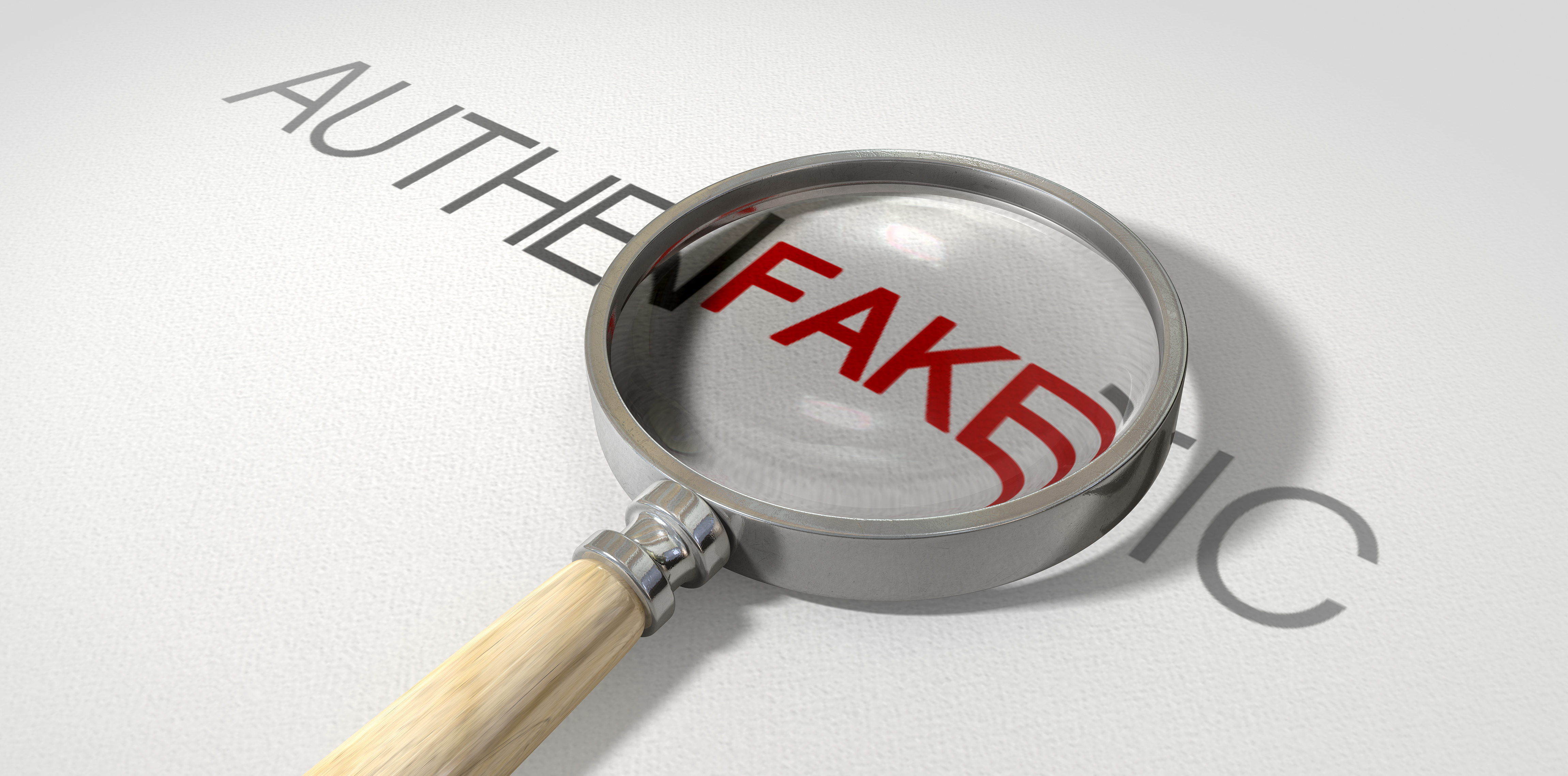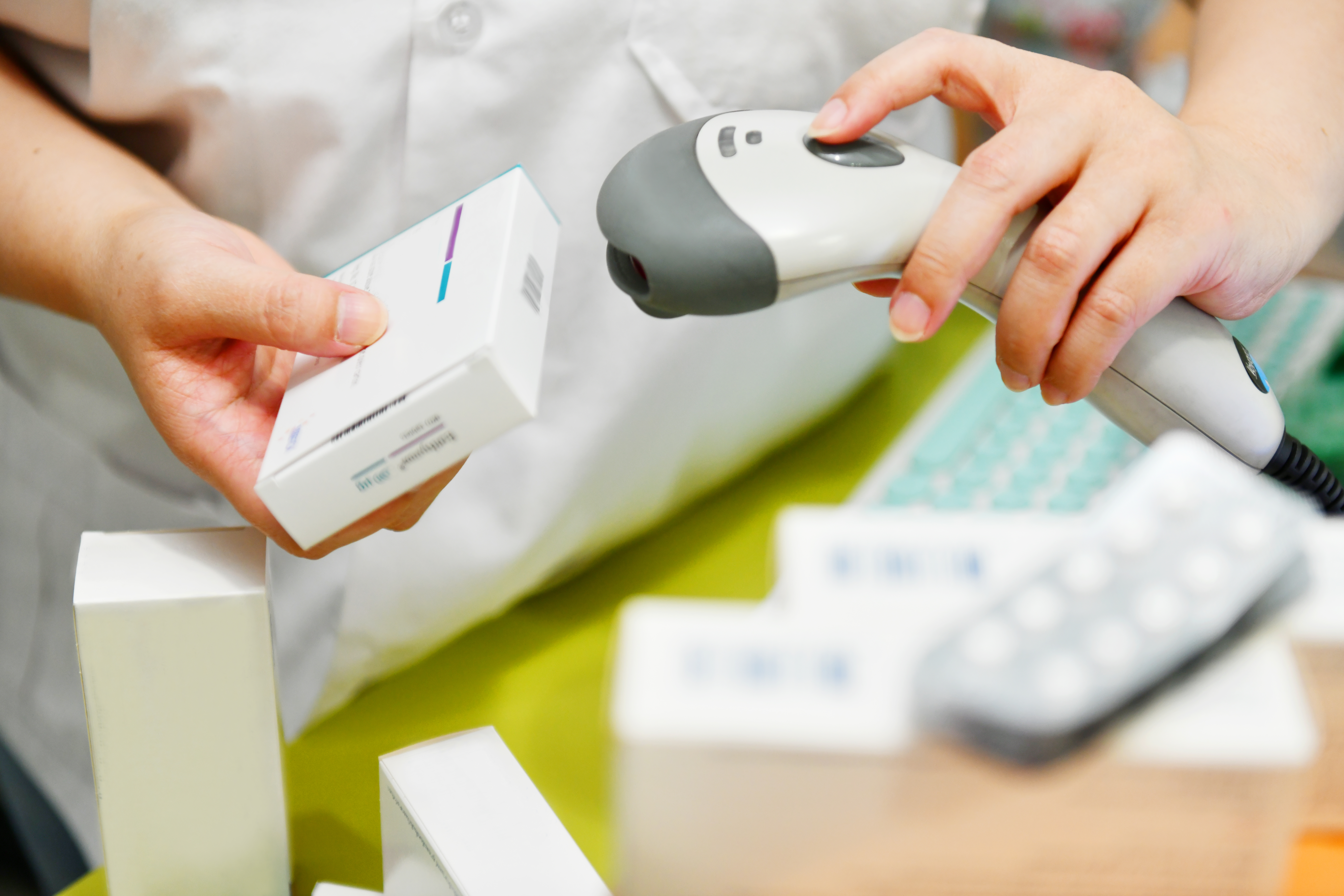Under Scrutiny: Traceability in the Pharmaceutical Industry
No country is immune to poor-quality medicines. Developing countries with weak health systems are no longer the only ones that are falling prey to falsified medical products. The world of connectivity has enabled the rapid spread of substandard medical products into the global marketplace, rendering the pharmaceutical industry vulnerable to the threats of counterfeits.
The High Costs That Come With Counterfeits
Drug counterfeiting is costing healthcare billions in dollars. A 2017 report by PwC estimated the counterfeit drug market to be worth $200bn and is growing by 20% annually. Fake drugs aren’t just draining pharmaceutical companies of earnings. When fraudulent drugs enter the supply chain, brands suffer costly recalls and consumer safety gets compromised. In dire circumstances, fake drugs can cost lives.
At the height of the pandemic, the world was scrambling to race vaccines ahead of global demand. However, the magnitude and urgency of the rollout meant that there was no time to put in place highly-secure anti-counterfeiting systems. Organized crime groups are exploiting such weak links in the supply chain, inundating the market with counterfeit vaccines and reaping profits at the expense of human lives.

Estimated to be worth at least $150bn, the COVID vaccine market is creating a lucrative market for criminals. In April last year, Pfizer reported identifying counterfeit versions of its coronavirus vaccine in Mexico and Poland. Just a month earlier, police in China and South Africa had uncovered thousands of fake COVID-19 vaccines.
Globalization has enabled the rampant spread of fraudulent medicines in the pharmaceutical industry. While active ingredients may come from one country, drug products can be manufactured in another, packaged in a third city, and shipped through other countries to reach the end consumer. Fraud can happen at any point in these processes as documentation is often done manually. The fight against fake pharma is real and ensuring end-to-end traceability is critical to consumer safety.
The Fundamentals of Traceability
In the pharmaceutical supply chain, traceability tracks the movement of drugs or medical devices from the point of manufacture to the intended destination. Tracing a drug back to its source allows authenticity checks and isolates contaminated, substandard, or illegitimate pharmaceutical products, preventing them from reaching consumers. For traceability to happen, these fundamentals must be in place:
- Serialization
Serialization is the creation of a unique identifier for a drug product at the unit of sale level (e.g. on a bundle, a pallet, or a case of products containing units of a drug product) that links to information about the product origin, batch number, and expiration date.
- Track & Trace
While tracking captures information about a product as it moves through the supply chain, tracing provides a history of where the product has been and any changes in its ownership.
- Verification
Verifying product information or its transactions at any point in the supply chain is crucial for validating product authenticity.
Benefits of Pharma Traceability

Serialization helps improve inventory control and enhances collaboration across the supply chain. Product recalls on expired or contaminated drugs can be managed more efficiently with minimal costs and disruptions to businesses and their reputations. More importantly, traceability provides pharma companies the agility to identify potential problems, predict shortages and act swiftly to secure the supply, especially during a crisis.
The Pharmaceutical Industry Is Now Under Pressure
The FDA’s Drug Supply Chain Security Act (DSCSA) was enacted in 2013 to achieve unit-level traceability of prescription drugs throughout the U.S. supply chain by 2023. The pharmaceutical industry soon arrived at a conclusive agreement to use GS1 Standards as the platform for DSCSA compliance efforts.
As the world’s most widely accepted identification system, the GS1 Standards comprise identification keys (e.g. Global Trade Item Number or GTIN) and attributes (e.g. batch/lot number, expiry date, unique serial number) for traceability in healthcare. This data can be in the forms of GTINs, ‘traditional’ linear barcodes (e.g. GS1-128 barcode), or 2D barcodes (e.g. GS1 DataMatrix) that are scannable by bar code readers for track and trace purposes.
While most countries align with GS1 standards, some countries follow their national standards when assigning serial numbers to lots or batches and implement different verification means. This indicates that conformity to a global standard has yet to be achieved.
Can Blockchain Technology Help Pharma?
Today’s pharmaceutical distribution chain has grown immensely in scale and complexity. The absence of a global standard will pose a challenge in the fight against counterfeiting. Better traceability systems are needed for heightened security and real-time visibility. More importantly, the technology must be able to simplify and automate what were previously manual processes for increasingly massive databases.
Pharma is now turning to blockchain technology for hope.

Blockchain is an open, decentralized, secure digital ledger system that records and logs transactions, and groups them into chronologically-ordered blocks with timestamps. When a block is filled with data and the majority of stakeholders validate its authenticity, it gets linked to a previous block and added to the existing blockchain, allowing digital information to be recorded and distributed. All stakeholders can share and update data in an accurate and timely manner. Records cannot be edited or destroyed and are visible to all participants.
Many stakeholders are involved in the pharmaceutical supply chain. They include manufacturers, packaging companies, coding and marketing companies, logistics providers, wholesalers, distributors, retailers, and healthcare providers. Blockchain can provide a secure and easy way to share authenticated information across stakeholders. For instance, when drugs transfer ownership on their intended route to patients, barcoded drugs are scanned and entered into secure digital blocks whenever they change hands. This real-time record can be viewed by anyone who needs to validate a drug product’s authenticity.
As governments step up efforts to tighten the supply chain and stem the influx of counterfeit drugs, it becomes clearer that blockchain can help forge stronger links for end-to-end traceability, and ensure a transparent supply chain for the foreseeable future.
Source: https://rynanprinting.com/blogs/under-scrutiny-traceability-in-the-pharmaceutical-industry
